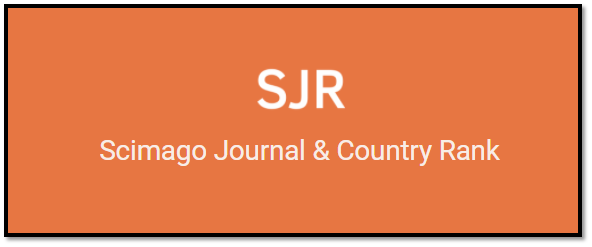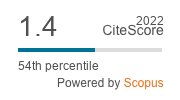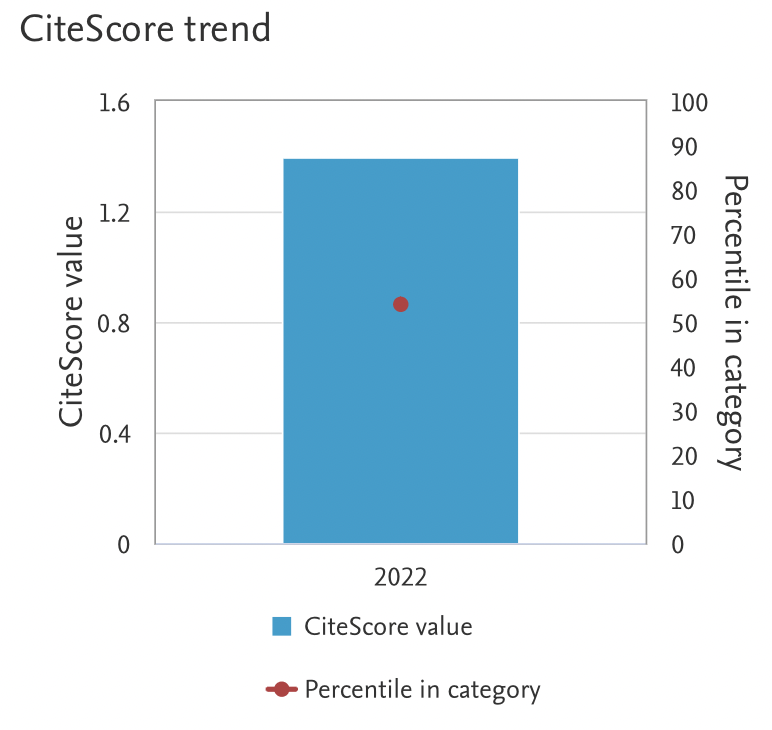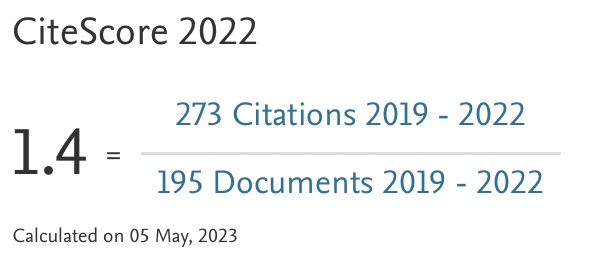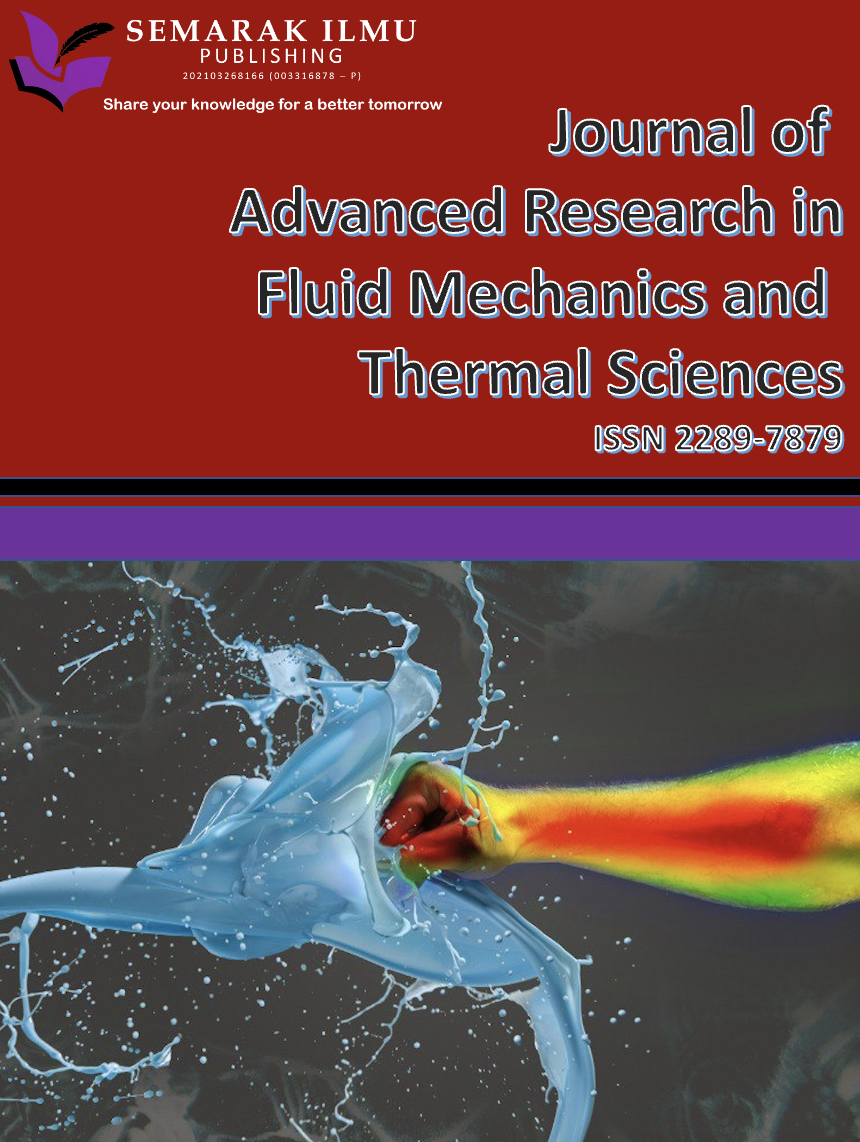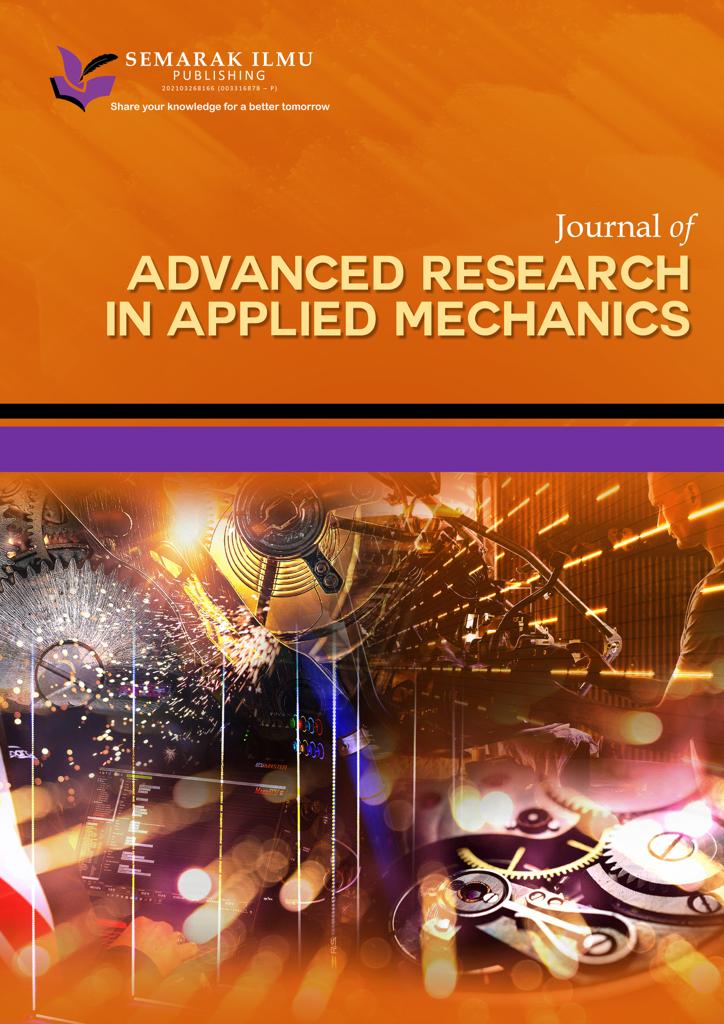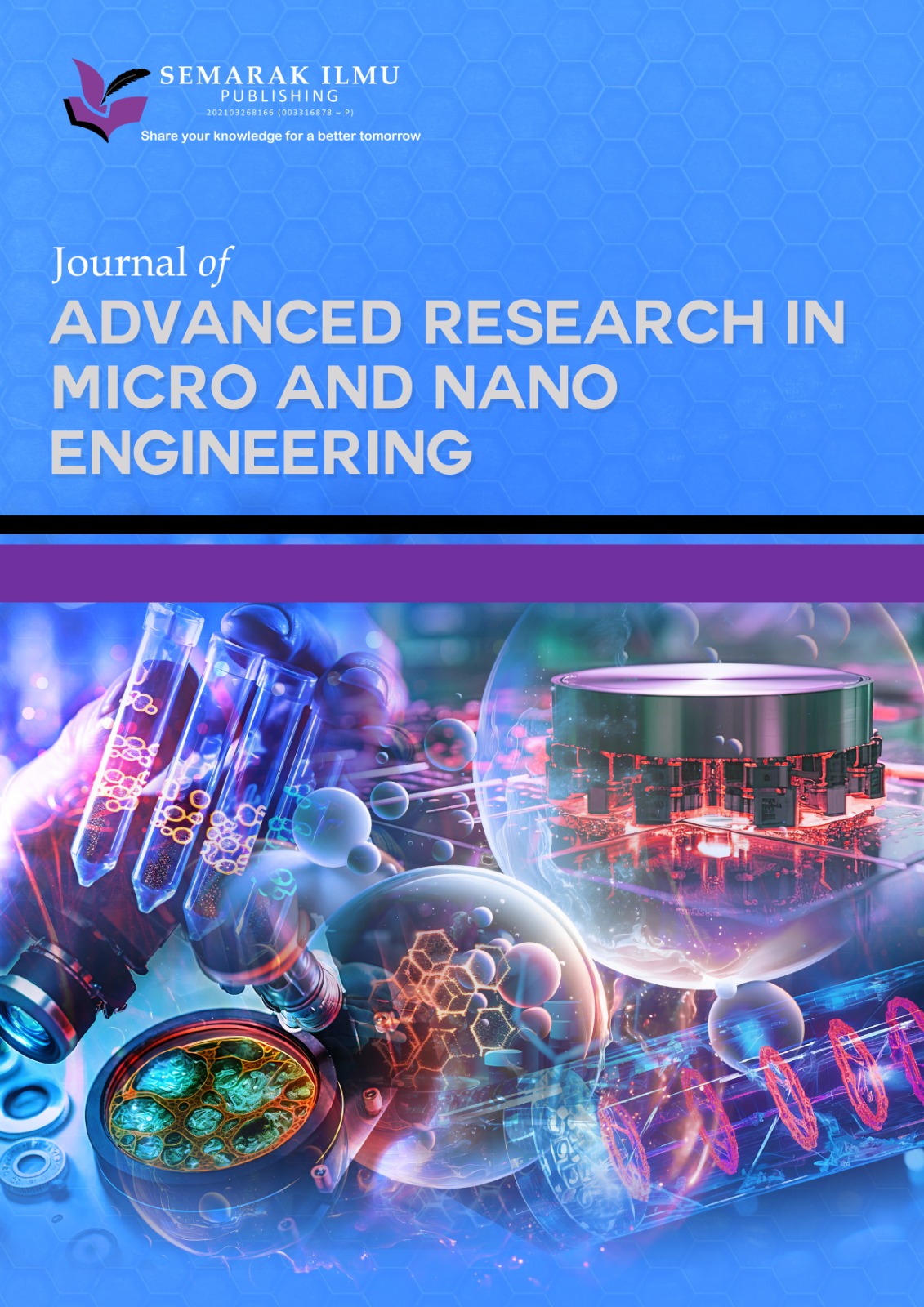SAKTI©: Secured Chatting Tool Through Forward Secrecy
DOI:
https://doi.org/10.37934/araset.49.1.5462Keywords:
Secured chatting, Forward secrecy, Elliptic curve Diffie Hellman ephemeralAbstract
The critical issue of academic misconduct is of utmost importance in the field of education and understanding whistleblowing behaviour can be a potential measure to effectively address this issue. This paper highlights the benefits of using the Tree-based Pipeline Optimization (TPOT) framework as a user-friendly tool for implementing machine learning techniques in studying whistleblowing behaviour among students in universities in Indonesia and Malaysia. The paper demonstrates the ease of implementing TPOT, making it accessible to inexpert computing scientists, and showcases highly promising results from the whistleblowing classification models trained with TPOT. Performance metrics such as Area Under Curve (AUC) are used to measure the reliability of the TPOT framework, with some models achieving AUC values above 90%, and the best AUC was 99% by TPOT with a Genetic Programming population size of 40. The paper’s main contribution lies in the empirical demonstration and findings that resulted in achieving the optimal outcomes from the whistleblowing case study. This paper sheds light on the potential of TPOT as an easy and rapid implementation tool for AI in the field of education, addressing the challenges of academic misconduct and showcasing promising results in the context of whistleblowing classification.
Downloads







